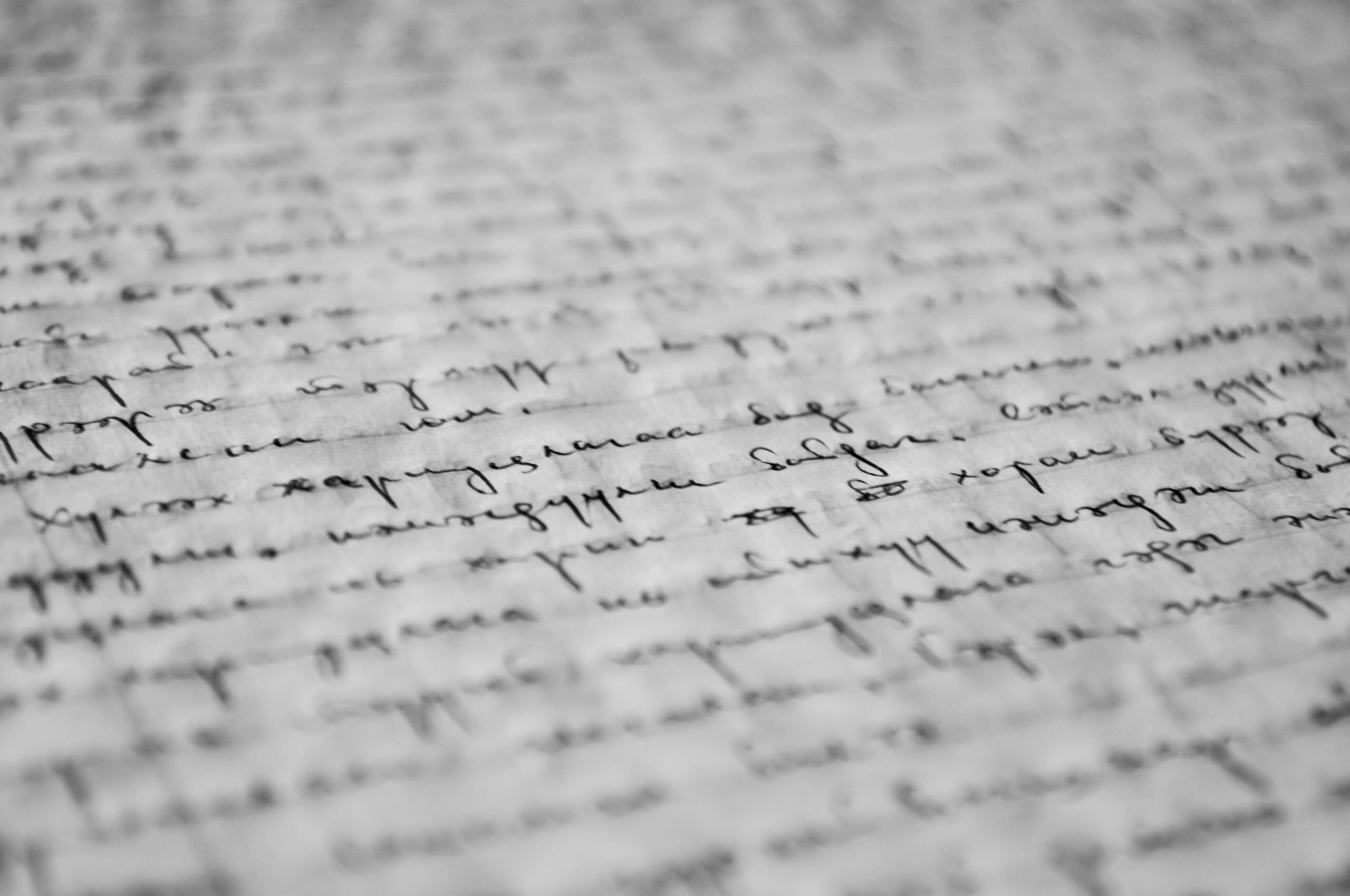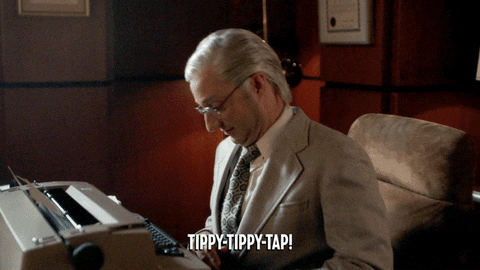In case you are a writer seeking publication or are friends with a writer and want to know what the heck they’re talking about, I’ve put together a handy list of terms and acronyms you’ll likely hear within the book community. This list will continue to grow and be adapted as new terms emerge, but if there’s something missing that you think should be added (or if I’ve described something incorrectly), leave a comment! I’ve broken them out into categories to help with organization.
Writing
- CP = Critique Partner, another writer that you feel comfortable sending your first/early drafts to that can help you navigate your story as your drafting and provide feedback to help you craft the story of your dreams (they aren’t there to tell what or how to write, just to help pan for nuggets in the goldmine of your existing creativity).
- Drafting = The process of actually writing your story; taking it from your brain or an outline onto the page.
- Revising = The process of making edits/changes/cuts to a finished draft, focusing less on getting the story out of your head and more on strengthening things like prose, setting/world building, character arcs, romance, etc.
- Save the Cat = A method and resource for writers to help them outline the major moments of their story (aka ‘Beats’) based off of a craft book, Save the Cat Writes A Novel by Jessica Brody.
- Beat Sheet = A pre-drafting organizational tool to map out the ^above mentioned beats within a story (Catalyst, Midpoint, Finale, etc.).
- Plotter = A writer who uses outlines, beat sheets, and/or pre-drafting organizational techniques to help them flesh out the story and characters prior to beginning a draft.
- Pantser = A writer who primarily free writes, using little to no organizational techniques to flesh out the story and characters prior to beginning a draft.
- Plantser = A writer who uses a combination of free writing and pre-plotting complete their draft.
- Alpha Readers = A trusted 1-2 people who reads a semi-rough draft version of a completed draft that has usually gone through some form of revision and provides feedback. This can differ from a CP as Alphas get a completed version of the story while some CPs are receiving chapters as they’re being written.
- Beta Readers = A trusted handful of people (usually no more than 5) who read a revised and polished version of the story and provide feedback.
Querying
- Querying = The process writers goes through when seeking agent representation usually prior to pursuing traditional publishing.
- Query Letter = A short letter pitching the book to agents/editors with the goal of beginning a business partnership.
- Synopsis = A brief summary of a story, condensed into roughly 500 words.
- In The Trenches = When I writer begins to query agents for representation it’s casually called “the query trenches” because at times it can feel like writers are waging a war emotionally, mentally, and professionally when trying to enter the business.
- Comps = Comparison/Comparative titles, generally used to help agents & readers see what titles have similar themes or vibes to your book and where it would sit on a shelf.
- Query Tracker = A website used by writers to track what agents they’ve submitted to and the status of their submissions.
- Query Manager = A website where agents can create forms authors can submit their query letter and materials (first 2 chapters/50 pages, etc.) against along with any additional questions they might have.
- Rejection = When an agent declines representing an author based off of the query letter and/or materials submitted to them.
- R&R = Revise and resubmit, used by agents when they can possibly see potential in an authors story but have requests for changes to be made and to resubmit to them once they’re done (NOTE: making these changes do not guarantee the agent will then offer representation).
- Full Request = When an agent reads a writer’s query letter and submission materials and requests the entire manuscript for review.
- The Call = What authors use to denote an agent offering them representation.
On Submission
- On Sub = When an agent begins shopping a writer’s manuscript around to editors at publishing houses.
- Advance = What a publisher pays a writer ahead of a book’s publication, usually paid in installments (i.e., 1/3 on contract signing, 1/3 on delivery of completed & edited manuscript, and the final 1/3 on publication day).
- Royalties = A percentage of book sales that goes to the author after they’ve earned out. This usually varies by print type (25% on e-book sales, 20% on audiobooks, 15% on hardbacks, & 10% on paperbacks).
- Earn Out = When an author’s book sells enough copies to cover the initial advance paid to them by the publisher for that book.
- Auction = If multiple editors/publishing houses are interested in acquiring a writer’s work, their agent will set up an auction where publishers will bid for the acquisition of a manuscript. The writer still has a say in which editor they decide to work with, it does not automatically go to the highest bidder.
Publishing
- Trad = Traditional publishing, the act of partnering with an editor at a large publishing house (think Simon & Schuster, Penguin Random House, Scholastic, etc.).
- Indie = This term is has a double-meaning depending on who’s using it under which circumstances. Some writers use the term to mean working with a small, independent publisher, while others use it interchangeably with self-publishing.
- Self-Pub = Publication entirely owned and paid for by the author. This covers creation, production, and marketing of their book and, depending on the platform they publish on, the author keeps a larger percentage of the book sales.
- Imprint = A smaller “brand” underneath a publishing house, usually to group and market specific genres (i.e., Penguin Random House owns the imprints: Ballantine Books, Berkley, Dutton, Knopf Publishing Group, Penguin Books, Random House, Riverhead Books, & Viking Books).
- The Big Five = Code name for the major traditional publishing houses (Simon & Schuster, Penguin Random House, HarperCollins, Hachette Book Group, and Macmillan).
- KDP = Kindle Direct Publishing, a branch of Amazon that enables self-publishing for authors directly to the Amazon site.
- Backlist = A writer’s previously published books that are still in print.
- Frontlist = A writer’s most recently published books that are still in print.
- Midlist = A writer’s books that may not be bestsellers, but are still in print prior to a new release.
- Lead Time = The gap of time between when an editor at a publishing house acquires a manuscript and when it’s actual published.
- Proposal = A document designed to convince an editor/publishing houses to publish a not-yet written manuscript, through a lengthy synopsis as well as some sample chapters and a potential marketing plan.
Reading
- ARC = Advance reader copy, an early version of the book sent out to readers, influencers, and media outlets for reviews and interviews to help drum up attention prior to publication.
- Genre = The category a book would fall within that helps determines placement within stores (fantasy, historical fiction, romance, horror, etc.).
- Audience = The age group a book is targeted towards.
- MG = Middle-Grade, books targeting readers within the age range of 8-12. In the UK and parts of Europe it’s also referred to as ‘junior fiction’.
- YA = Young Adult, the lines have gotten blurred in the last decade, but in general they’re books targeting readers between the ages of 13-20.
- NA = New Adult, technically not an audience segment currently recognized by most traditional publishers, but it straddles the in-between of Young Adult and Adult, with books targeting readers between the ages of 17-25.

